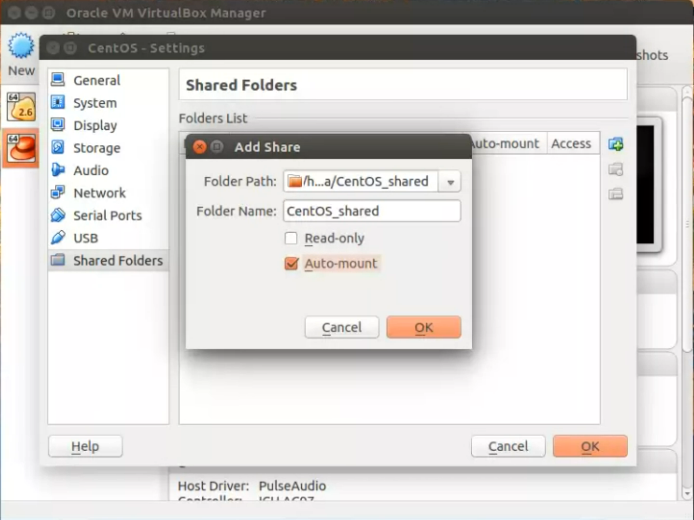
Now you can turn your VM off or simply restart it without lose the sharing. Next, press CTRL + X to exit nano editor. host:/shared /mnt/hgfs/shared fuse.vmhgfs-fuse defaults,allow_other,uid=1000 0 0Īfter edit it, press CTRL + O simultaneously and press ENTER to confirm the changes.

# Use shared folders between VMWare guest and host. Then, click on the Permissions button and tick. Click on the Advanced sharing button and tick the Share this folder button.

If you do not have a section reserved to shared folders, please add this instructions at the end of the file. Then, right-click on it, select Properties and switch to the Sharing tab. In this example, we will use nano editor. You must have administrator permission to edit /etc/fstab. Thus, if you want to persist this change, please follow as instructed below. The procedure instructed above work until the next VM restart. If you have experiencing some issues, please restart your VM and check again if the folder is shared following the above commands. That’s it! It is sharing and you can check it by clicking on Activities > Files > Other locations > Computer or running the commands: $ cd /mnt/hgfs/shared $ ls -lia host:/shared /mnt/hgfs/shared -o allow_other -o uid=1000

Now, let’s share the ‘shared’ directory we just created. Thus, open your terminal in order to create a directory called ‘shared’ and execute the following command. vmware-hgfsclientĪfter that, create a directory inside /mnt/hgfs. In order to confirm if your local selected folder was really shared, run the below command and check if your folder will be listed.


 0 kommentar(er)
0 kommentar(er)
